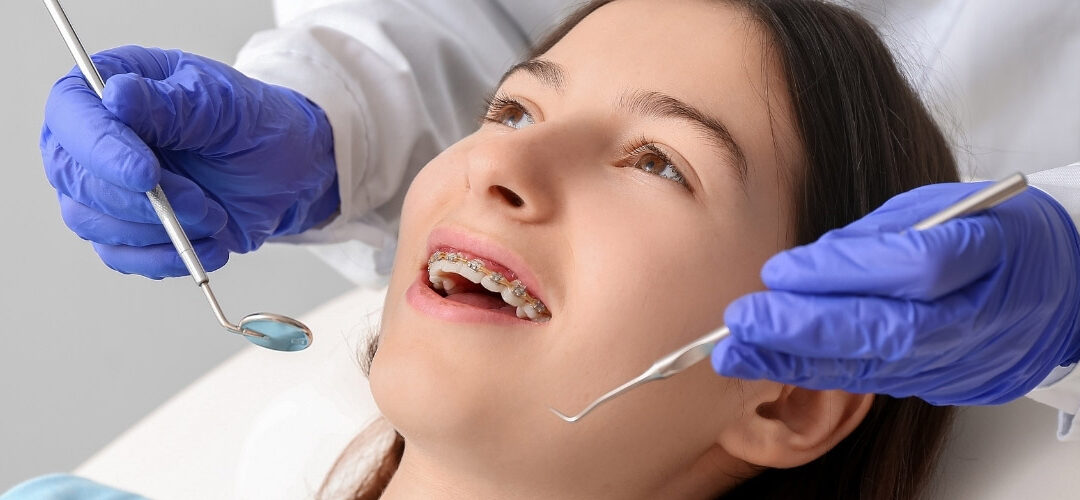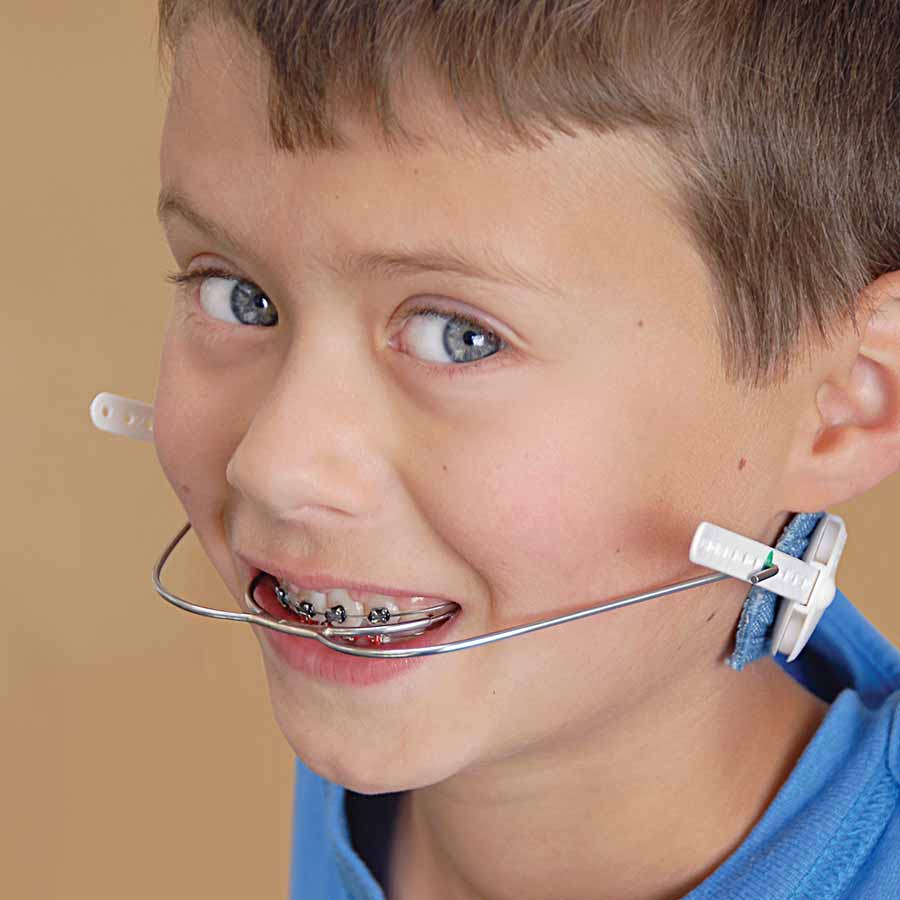Comprehensive Guide to Orthodontics Treatments for Correcting Dental Misalignments
Recognizing the ins and outs of each treatment, including their devices, benefits, and potential drawbacks, is crucial in making informed decisions concerning one's orthodontic therapy. As we browse via the thorough guide to orthodontic treatments for correcting oral misalignments, the detailed details of each method will unfold, losing light on the path towards a unified and useful oral placement.
Orthodontic Procedures Review

Normal adjustments and surveillance are essential components of orthodontic treatment to make sure progress is on track and to make any kind of required alterations along the method. By going through orthodontic treatments, patients can not just achieve a straighter grin yet likewise improve their overall oral health and wellness and function.
Conventional Braces: How They Work
When thinking about orthodontic treatments for oral imbalances, standard braces stand out as a time-tested method for fixing teeth positioning. Standard dental braces are composed of brackets, cables, and bands that function together to apply constant pressure on the teeth, progressively relocating them right into the wanted positioning.
One trick aspect of just how typical braces work is the procedure of bone renovation. As stress is put on the teeth through the braces, the bone surrounding the teeth is improved to sustain the brand-new tooth positions. This improvement is important for the long-term stability of the dealt with placement. People will certainly require regular adjustments at the orthodontist's workplace to ensure the dental braces continue to apply the correct pressure for reliable teeth activity.
Unseen Aligners: Benefits And Drawbacks
Unnoticeable aligners provide a discreet and hassle-free alternative to typical dental braces for correcting dental imbalances. These clear, tailor-made trays are essentially undetectable when worn, making them an attractive choice for individuals seeking a much more aesthetically pleasing orthodontic therapy. One of the main benefits of unseen aligners is their removability, enabling much easier upkeep of dental hygiene contrasted to standard dental braces. People can get rid of the aligners before eating or cleaning their teeth, minimizing the danger of food getting stuck in the device and streamlining the cleansing process.

Surgical Orthodontic Options
Surgical interventions in orthodontics present sensible options for attending to complicated oral misalignments that may not be properly dealt with through traditional orthodontic treatments. While standard braces and undetectable aligners can fix useful content lots of orthodontic issues, specific instances call for surgical treatment to attain ideal outcomes. Surgical orthodontic alternatives are typically suggested for extreme malocclusions, considerable jaw inconsistencies, and cases where the underlying bone framework requires alteration to accomplish proper positioning.
One common surgical orthodontic procedure is orthognathic surgical treatment, which entails repositioning the jaws to fix practical problems such as trouble chewing or speaking. This surgical procedure is usually executed in cooperation with an orthodontist that aids align the teeth before and after the treatment. Surgical orthodontics might also include procedures to reveal influenced teeth, eliminate excess periodontal cells, or improve the jawbone to produce a much more harmonious facial profile.
Prior to thinking about medical orthodontic choices, individuals undergo an article source extensive examination to determine the need and potential benefits of such treatments. braces. While surgery may appear daunting, it can dramatically boost both the function and visual appeals of the smile in situations where traditional orthodontic treatments drop short
Retainers and Post-Treatment Treatment

Post-treatment care entails adhering to the orthodontist's instructions diligently. This might include correct dental hygiene practices, attending follow-up visits, and wearing the retainers as suggested. Failure to comply with post-treatment care directions can result in relapse, where the teeth progressively move back in the direction of their original positions. Regular retainer wear, great oral health, and normal dental check-ups are important for preserving the results attained through orthodontic surgical treatment and making sure the long-lasting security of the dealt with dental alignment.
Verdict
In final thought, orthodontic procedures provide different alternatives for fixing dental Click Here imbalances. Surgical orthodontic choices are offered for more serious imbalances. In general, orthodontic treatments can efficiently enhance oral health and aesthetic appearance.
As we browse via the comprehensive overview to orthodontic procedures for remedying oral imbalances, the complex details of each approach will unravel, losing light on the course toward a functional and harmonious oral placement. - cumming aligners
One of the most typical orthodontic therapies is the usage of dental braces, which consist of metal braces and cables that apply mild pressure to progressively change teeth into the desired placement.When considering orthodontic therapies for oral misalignments, typical dental braces stand out as a tried and true method for remedying teeth positioning. Additionally, unnoticeable aligners may not be ideal for complex orthodontic concerns that call for more significant teeth activity, as they are normally advised for light to moderate situations. Retainers are custom-made orthodontic tools made to hold teeth in their dealt with positions after the completion of orthodontic treatment.